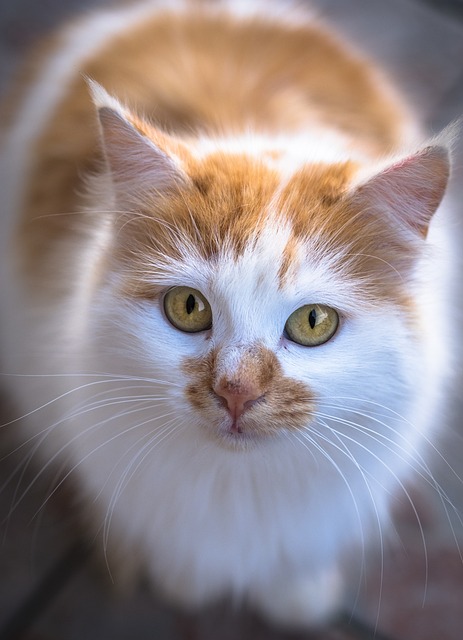Do you find yourself reaching for tissues, experiencing sneezing fits, or dealing with itchy eyes whenever your beloved cat enters the room? Unfortunately, these symptoms might indicate a cat allergy. Let’s explore the facts about cat dander, the signs and symptoms of allergies, and discover ways to create a more comfortable living environment for both you and your furry companions.
Understanding Cat Dander
When we claim to have a cat allergy, many of us may not fully comprehend what is happening within our bodies. Surprisingly, it’s not our feline friends’ fur that triggers allergies but rather their dander, combined with urine and cat saliva.
Dr. Rachel Barrack, DVM, from Animal Acupuncture, explains that cats produce a protein called Fel d 1, found in skin cells, urine, and saliva. This protein can elicit an allergic reaction. Dander comprises dead skin cells regularly shed and replaced by new ones. While all cats produce dander, not everyone is allergic to it.
Signs and Symptoms of Cat Allergies
Cat allergy symptoms, as outlined by Bryan Martin, an osteopathic doctor and president of the American College of Allergy, Asthma, and Immunology (ACAAI), can range from mild to severe. Individual sensitivity and exposure to allergens influence the severity and quickness of symptom development. Highly sensitive individuals might experience symptoms within minutes of touching a cat or entering a space occupied by felines.
Cat allergies manifest differently in various individuals, says Dr. Barrack. Some may experience itchy, watery eyes, nasal congestion, and coughing, while others may face shortness of breath resembling asthma, skin rashes, or hives.
Treating Cat Allergies
If you suspect cat allergies, start by consulting an allergist. This professional can help determine the most appropriate therapy to alleviate associated symptoms. According to the ACAAI, allergen testing is crucial, as dust and pollen on a cat’s coat (rather than the dander itself) can cause allergies. An allergy test can pinpoint whether cat dander is the primary culprit.
The allergist may recommend allergen testing and symptomatic treatment, such as antihistamines, to reduce discomfort. Alternatively, allergen immunotherapy shots may be suggested to minimize the severity of reactions upon exposure to cat dander.
Managing Cat Dander
Diagnosed with a cat allergy and worried about your feline companion? There’s good news—you don’t have to part ways with your beloved pet. Combatting cat dander in your home is possible with a few simple measures.
Ensure your cat is well-groomed and brushed regularly to remove dander, advises Dr. Barrack. If your cat isn’t keen on DIY grooming, consider taking them to a professional groomer. Maintaining a clean home is equally crucial. Reduce dust by minimizing “dust collectors” on your shelves, vacuum pet hair regularly, and consider using home air filtration systems to decrease dander levels.
According to Martin, characteristics like a cat’s hair length, gender, and indoor time aren’t associated with cat allergen levels. Therefore, banishing your cat outdoors or opting for a shorter-haired cat might not be effective. However, the number of cats in a home does influence allergen levels—houses with more than one cat tend to have higher cat allergen levels.
What About “Hypoallergenic” Cats?
You may have heard of hypoallergenic cat breeds. However, studies do not support the claim that cats can be entirely hypoallergenic, as no domestic cat is completely free of dander. Dr. Barrack clarifies that while there’s no technically hypoallergenic cat, certain breeds, including Bengal, Burmese, Rex, Russian Blue, Siamese, Siberian, and Sphynx, are known to produce less dander.
In conclusion, even with a cat allergy diagnosis, there are practical steps to reduce dander in your home, creating a more comfortable environment for both you and your feline friend.



